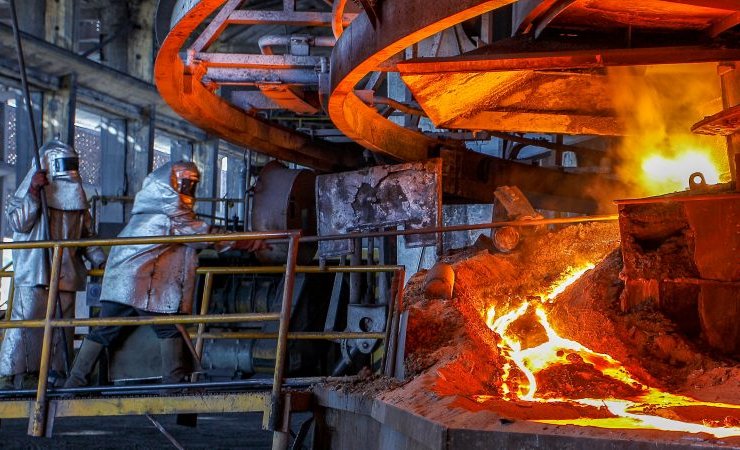According to the president of the European Association of Steel Producers (EUROFER), who spoke at the group's annual conference on June 26, the European steel sector is facing an existential threat based on multiple factors.
The problem of increasing imports remains a constant cause of complaints from the EU metallurgical industry. Metals companies in the trading block allege that US Section 232 (National Security Threat) steel tariffs diverted steel normally shipped to the US to Europe (among others).
“As a result of import duties imposed by the United States effective March 23, 2018, under Section 232 of the US Trade Expansion Act 1962, steel exports to the United States have become less attractive,” the European Commission said in February. “There are already signs that, as a result, steel suppliers have diverted some of their exports from the US to the EU.”
Earlier this year, the EU introduced customs guarantees in an attempt to stem the problem of growing imports; despite this, many leaders in the EU steel industry argue that the measures were not effective.
“These problems could destroy the entire steel industry in Europe. On the other hand, these challenges offer us a great opportunity if we can embrace change and use it to accelerate innovation, ”said Gert Van Poelvoorde, President of EUROFER. “In 2018, European imports of finished steel products grew by 12%, while the market grew by only 3.3%. We are grateful that the European Commission recognized the problem and took action. However, the guarantee has not met its target for a significant portion of our industry. ”
In addition to growing imports and slowing demand, according to Van Poelvoorde, the EU is pursuing policies to limit emissions and introducing regulations to do so.
“There are several possible paths for decarburization for steelmakers - and different paths to achieve this are being tested by a number of steel companies,” said Van Poelvoorde. “However, funding for these projects must come from different sources: to achieve decarbonization, the European steel sector cannot go alone, it needs large investments and cooperation with other stakeholders.”
Poelvoorde added that the costs of complying with EU emission standards represent “a cost constraint that non-EU producers do not face.”





